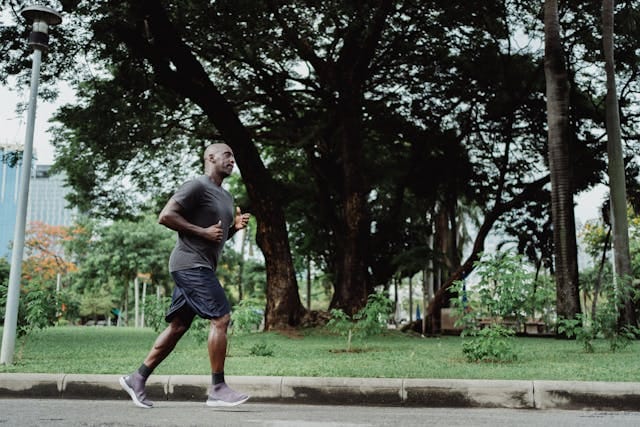
Physical ability tests have become an essential part of hiring processes in virtually all industries today. Although physical ability tests may seem straightforward, they have been designed to evaluate different skill sets and are tailored to match jobs’ requirements. This article will outline what these tests entail, why they are important to employers, and how to prepare them ahead of time. Understanding this process can boost confidence and thereby enhance performance.
Why Do Employers Use Physical Ability Tests?
Employers administer physical ability tests to determine if candidates can meet the physical demands of certain roles. These tests shed light on the applicants’ ability to perform heavy-lifting jobs, sustain certain degrees of physically active jobs, and tackle machinery handling jobs safely. Such tests give employers an opportunity to reduce workplace injuries, enhance productivity, and place workers in situations where they won’t be at risk. They highly become relevant to the construction, manufacturing, and even the emergency response industries since they prove that the candidate is physically fit for the demanding tasks in a certain job role.
Elements of a Physical Abilities Test
Physical abilities test typically consists of a set of exercises that mimic the physical activities required in a particular job role. Such exercises may relate to lifting weights, standing or crouching for a long time, or doing repetitive motions. Each element of the testing event is geared to replicate real tasks in the job they are applying for. For example, what a firefighter will have to face during the test might be carrying heavy burdens and crossing obstacles. At the same time, in the position of a warehouse position, the practitioner might be needed to lift and stack.
Common Areas Measured in Physical Ability Assessments
Physical ability tests in the workplace may vary from one industry to another, yet they have some common measures that apply to all. Strength, particularly with a role that will entail lifting and carrying, is one of the major areas of focus. Endurance is equally critical, especially with jobs requiring long hours on feet or extended periods of physical exertion. Another area is flexibility, which plays a role in both safety and efficiency. Balance and coordination tests are also required in some jobs where precise physical control or maneuvering in small spaces is involved. All these aspects together help the employers to gauge the overall physical preparedness of a candidate so that they are properly fit for the role.
Preparing for a Physical Ability Test
Preparation for the physical ability test will depend on the specific needs of the occupation, but application exercises will strengthen in relevant areas. Job descriptions enable applicants to determine which physical attributes are likely to be tested during the test, such as strength, agility, endurance, or perhaps cardiovascular fitness. Good preparation plans must include strength training, cardiovascular exercise, as well as exercises that promote flexibility. Even preparation of movements alike those in the test can be helpful. For example, if the test involves lifting or pulling, applicants may concentrate on weight training. Pre-test preparations enable applicants to walk confidently to the test and, therefore, are bound to show a readiness level in their respective roles.
Safety Requirements in Physical Ability Tests
Physical ability tests are conducted with great safety consciousness for both the employer and the applicant. Tests are held under observation to prevent injury, and testers must be told what they are capable of. Employers would like test situations to be as realistic as possible but not stress candidates to unsafe levels of exertion. Many tests begin with a warm-up session, which includes a briefing on proper techniques for lifting or moving. Candidates should be instructed in proper form, hydration, and listening to their bodies during the test. It is through prioritizing safety that one helps oneself but also their employers, for a person who portrays that they will conduct the duties at hand responsibly is someone any employer would most likely hire.
Conclusion
The physical ability test is helpful to both parties; it’s a good and fair way to determine a candidate’s aptitude for work that requires physical ability. Understanding the components of this test allows candidates to prepare adequately and prove themselves in being prepared to conduct physically demanding tasks. This is not only to help in the selection of candidates but also to ensure that employees will be able to perform their jobs safely and efficiently. Proper preparation and concern for safety are much more likely to give the candidate enough confidence to take these tests without doubts about the strength, endurance, and resilience that present them as the ideal candidates for the job.
